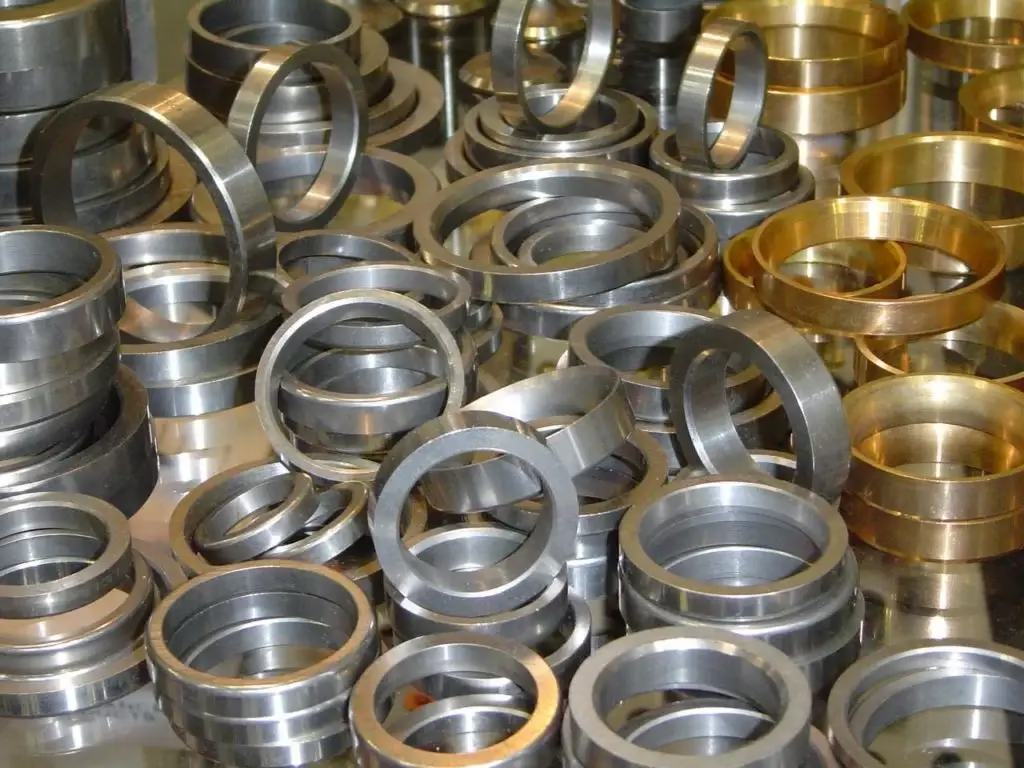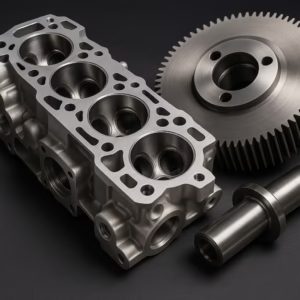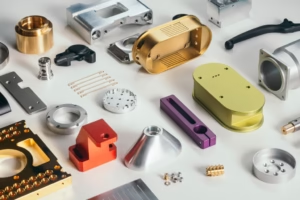Knowing the Key Valve Components
To maximize performance and guarantee dependability in the complex world of industrial valves, it is essential to comprehend the parts that comprise these essential devices. The valve seat, valve stem, and valve bonnet are some of the crucial parts. This article explores the roles and responsibilities of these parts, offering insights into their importance in the overall functioning of valves.
Introduction
In many industrial applications, valves are essential for regulating fluid flow and pressure. They are made up of a number of essential parts, each of which contributes in a different way to the safe and effective operation of the valve. The valve seat, valve stem, and valve bonnet are essential parts of this system.
The Valve Bonnet: Protecting and Covering Its Features
Functions of the Valve Bonnet
A vital component of the valve’s construction and operation, the valve bonnet acts as the cover for the valve body.
Its primary functions include:
- Pressure Containment: The bonnet acts as a seal, ensuring that the process fluid does not escape from the valve body. It is designed to withstand the maximum pressure of the valve’s intended use.
- Component Protection: By enclosing the internal parts of the valve, the bonnet protects them from external contaminants and damage, contributing to the valve’s durability and reliability.
- Access Point: The bonnet can serve as an access point for the maintenance, repair, or replacement of the valve’s internal components. Depending on the valve design, removing the bonnet may provide direct access to the internals.
Types of Valve Bonnets
Valve bonnets come in various designs, each suited to different applications and pressure conditions. Common types include:
- Bolted Bonnet: A widely used design where the bonnet is attached to the valve body with bolts or studs and nuts. It provides a sturdy seal and is suitable for a broad range of pressures and temperatures.
- Screwed Bonnet: In this design, the bonnet is screwed directly into the valve body. Screwed bonnets are commonly used in smaller valves and lower-pressure applications.
- Welded Bonnet: For valves used in high-pressure and high-temperature applications, a welded bonnet provides a leak-proof seal by permanently welding the bonnet to the valve body.
- Pressure Seal Bonnet: Used in high-pressure applications, this design employs a gasket that is pressure-energized to enhance the seal between the bonnet and the valve body as the internal pressure increases.
Significance of the Valve Bonnet
The valve bonnet plays a vital role in ensuring the safe and efficient operation of the valve. Its design and construction are critical for maintaining the integrity of the valve under operating conditions. Choosing the appropriate bonnet type based on the specific requirements of the application, such as pressure, temperature, and the need for maintenance access, is essential for valve performance and longevity.
The Valve Stem: Connecting and Controlling
Role of the Valve Stem
The valve stem is a crucial component that connects the actuator or manual control mechanism to the valve disc or plug. It transmits the motion required to open or close the valve, playing a vital role in the valve’s operation. The stem’s movement can be linear, as in gate or globe valves, or rotational, as in ball, butterfly, or plug valves.
Types of Valve Stems
There are several types of valve stems, each designed for specific valve operations:
- Rising Stem with Outside Screw and Yoke (OS&Y): The external side of the stem is threaded while the part inside the valve is plain. The threads are isolated from the medium by the packing.
- Rising Stem with Inside Screw (IS&Y): The threaded part of the stem is positioned inside the valve body, whereas the stem packing lays outside.
- Non-Rising Stem with Inside Screw: The threaded part of the stem is inside the valve and does not rise. The valve disc floats on the stem, like a nut, if the stem is rotated.
Importance of the Valve Stem
The valve stem’s design and material are crucial for preventing leakages and ensuring smooth operation. A proper finish of the stem surface is necessary to prevent leakages, and the choice of material must withstand the operational conditions, such as pressure and corrosiveness of the medium.
The Valve Seat: Sealing and Regulating
Function and Importance of Valve Seats
Valve seats are integral components of a valve’s internal mechanism, designed to interface with the valve disc to form a tight seal that controls or stops fluid flow through the valve. The primary functions of a valve seat include:
- Sealing Surface: Provides a smooth, precise surface for the valve disc to rest against, creating a seal that prevents fluid from leaking past the closed valve.
- Flow Regulation: In valves designed for throttling, the seat works in conjunction with the disc to modulate the flow of fluid.
- Durability and Wear Resistance: Valve seats must withstand continuous contact with the valve disc and resist wear and deformation from the process fluid, pressure fluctuations, and mechanical operations.
Materials for Valve Seats
Valve seats are made from a variety of materials, chosen based on the application’s specific requirements, including the type of fluid, operating pressure, temperature, and corrosive potential. Common materials include:
- Metals: Stainless steel, bronze, and brass are commonly used for their durability and resistance to high temperatures and pressures.
- Soft Seats: Materials such as PTFE (Teflon), nylon, and other elastomers offer excellent sealing capabilities and resistance to chemical corrosion.
- Ceramics: For high-wear or corrosive applications, ceramic seats offer superior hardness, wear resistance, and stability under extreme temperatures.
Design Considerations
The design of the valve seat is crucial for its function and longevity. Factors to consider include:
- Seat Shape and Angle: The contour and angle of the seat affect the sealing efficiency and flow characteristics.
- Interchangeability: Some valve designs feature replaceable seats, allowing for easy maintenance and extended valve life.
- Sealing Method: The seat-to-disc contact area and method of sealing (e.g., metal-to-metal, soft seal) determine the tightness of the seal and the valve’s suitability for specific applications.
Conclusion
The valve bonnet, valve stem, and valve seat are integral components of a valve assembly, each playing a critical role in ensuring the valve’s effective operation, durability, and ability to meet specific flow control requirements. Understanding these components and their functions is essential for selecting the right valve for specific applications and ensuring optimal performance and longevity.
In summary, these components are indispensable in the overall functionality and safety of the valve system. Proper selection, maintenance, and timely replacement of these components are crucial for maintaining optimal valve performance and system integrity. For more in-depth insights into valve components and their applications, explore related topics and resources.
Se o senhor tiver alguma necessidade, entre em contato conosco pelo e-mail Lynnyao@prototekparts.com ou telefone: +86-0792-86372550
Tags:
- valve seat, valve stem, and valve bonnet

























































